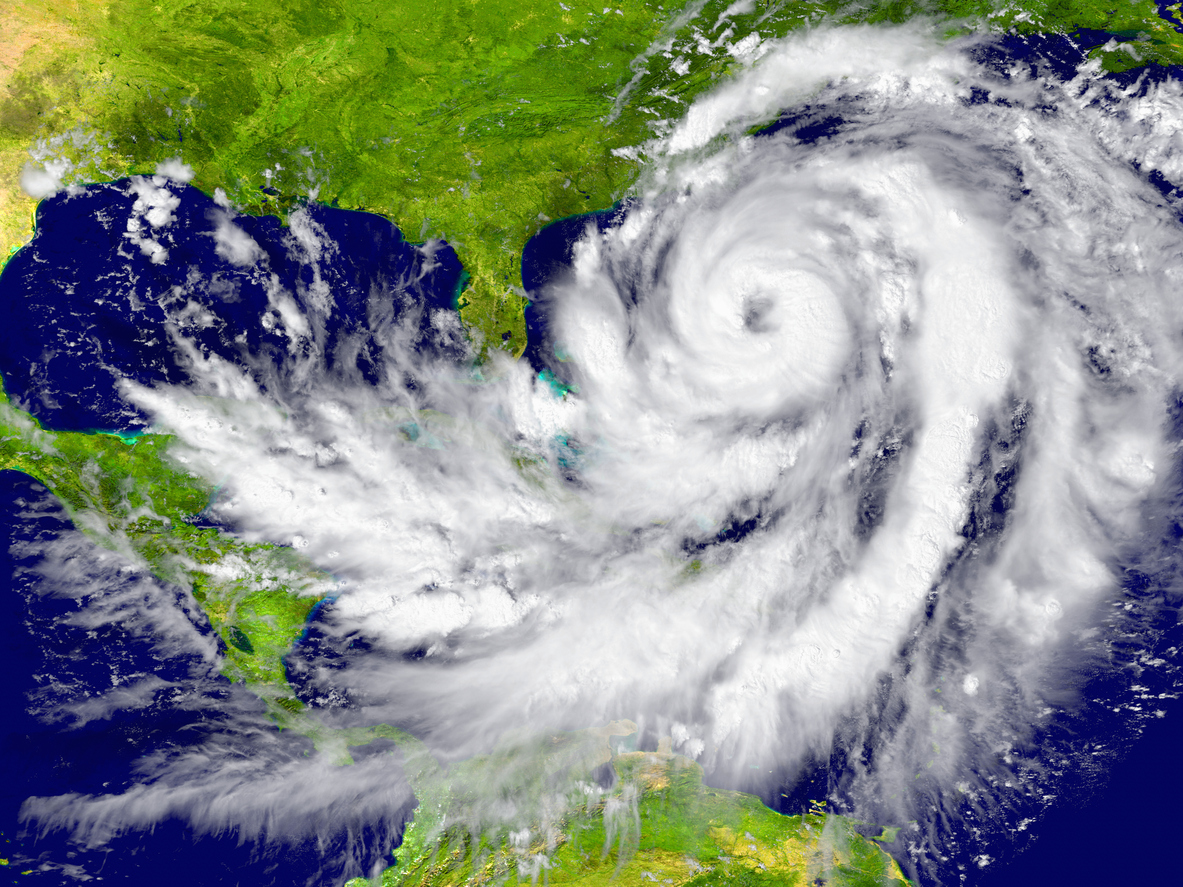Though insurers have pulled back in some catastrophe-prone regions, some say the pain could be temporary.
Business insurance has been roiled by severe weather and inflation, the same forces disrupting home insurance markets in catastrophe-prone areas of the U.S., with companies facing tougher conditions as they try to insure their properties against disaster.
The problem of how—or even if—properties can be insured in areas at risk of wildfires, hurricanes and other damaging weather has come to the fore as several insurance companies have in recent weeks stopped writing new home insurance policies in California and elsewhere. The U.S. Treasury Department last month warned that climate risk poses a major challenge to the insurance industry.
Insurers face similar headwinds in trying to cover businesses in those areas, and companies are facing mounting costs and more onerous questions at policy renewal time. Kilroy Realty, a developer, has had to turn to about 40 separate insurers to try to cobble together sufficient coverage for its portfolio of office buildings, said Scott Ritto, a vice president at the company.
“The insurance increase is something that is incredible,” said Ritto, who also serves as president of the Los Angeles chapter of the risk professional society RIMS. “It’s definitely a very volatile situation.”
The size of policies that insurers are willing to write for businesses is lower than it has been for decades, and companies are having to take extra steps to try to win over insurers by touting their efforts to mitigate against loss, said James “Chip” Stuart, leader of the real-estate specialty practice at broker HUB International.
Educational institutions with their often sprawling campuses are also major insurance buyers. Colleges in southeast Louisiana are facing “severe pressure” with costs related to flood insurance, said Peter Waggonner, the public policy director for economic development agency Greater New Orleans Inc.
The cause of the trouble facing Kilroy, the colleges and other organizations is relatively straightforward. “Losses are going up,” said Steve Bowen, a meteorologist who serves as chief science officer at reinsurance broker Gallagher Re. “Events are becoming more intense, and it’s combining with more and more people moving into higher-risk areas.”
Losses from natural disasters in the U.S. totaled about $165 billion in 2022, according to professional-services firm Aon, more than 140% higher than the median annual loss since 2000. Private and public insurers covered about $99 billion of that amount, Aon said.
Continued inflation, which makes it more costly to rebuild after a loss, is another factor. Reinsurers, which write insurance policies for insurance carriers to backstop them, also have raised their rates in the face of losses, said Liz Henderson, the head of the climate risk advisory team at Aon.
The problem is most visible in states such as California, Florida and Louisiana, where severe weather is relatively common. But weather such as thunderstorms and tornadoes, though often less damaging than hurricanes, for example, can still cause large losses and occur in a swath of the country.
Climate scientists tend to be reluctant to pin any given weather event on climate change, but some have linked a general warming trend to a pattern of more intense natural disasters. Henderson said areas that are prone to certain kinds of severe weather are changing. Tornadoes, for example, seem to be shifting to the southeast of their traditional zone, she said.
Many observers have expressed hope that the tough market may yet turn a corner. In the U.S., June 1 and July 1 are major dates for insurance companies to renew their policies with reinsurers. Observers say that the market for reinsurance looks to have, if not cooled down, at least heated up less quickly.
Though rates for property catastrophe reinsurance jumped between 25% and 35% in the most recent round of renewals, the level of increase is slowing, according to Aon. “Renewals at the midyear were orderly,” the firm said.
The role of the reinsurance market can be complicated. Reinsurers want to return money to their own investors, and their pricing can be driven by macroeconomic forces in addition to losses, Aon’s Henderson said.
Gallagher in a report this month said the market has stabilized, with more reinsurers willing to insure against some natural events.
Some businesses also have begun to turn to a product called parametric insurance to fill some of the coverage gaps. These novel policies pay out in response to specific weather events. If, for example, wind speed or rainfall exceeds an agreed level, the policy pays out a set amount—essentially no questions asked. Unlike a traditional policy, which is tied to losses, these operate almost like a wager on the weather, which makes them more straightforward.
Businesses can turn to parametrics to get speedier payouts, and to cover losses that they wouldn’t be able to insure under traditional policies, such as in disasters that don’t directly have an impact on their facilities. A business might, for example, purchase a policy to cover flooding that disrupts its workers’ commutes, even if its own facilities are spared.
California, the most visible target of insurance carrier pauses, is looking at allowing insurers to use catastrophe modeling in setting their premiums, which would bring it in line with every other state. The state is an outlier because its regulators don’t allow insurers to look forward when setting price, a regime that doesn’t let insurers adapt to changing weather, industry groups say. A change to that unusual rule could induce insurers back into the state.
Prominent pauses in certain markets, however, are likely to be temporary as companies adapt, instead of permanent exits, said Dale Porfilio, chief insurance officer at the Insurance Information Institute, a trade group. Insurers, after all, want to grow, which they can’t do by leaving states forever, he said.
“You may take your foot off the gas,” he said. “It doesn’t mean I’m parking my car.”













